I gave myself a simple photo challenge. I was to sit for one hour facing out to the garden and take photographs. I could use my Canon DSLR and the 70-200 lens with the 2X extender. And at the end of an hour, I had to post my favourite six. For the technical folk who might read this, I decided it had to be handheld too; no tripods. And I’d be indoors, behind a newly double glazed ‘French’ window. All photos to be taken from a seat in our living room.
We have very purposefully built up our front garden over many years. There’s about 100 square metres at the front and we converted it all into a rockery about 15 years ago. We got a lot of criticism from passers-by for returning granite boulders to a garden where they recalled a lot of granite had been blasted, broken and cleared to make way for our house. Our garden rises up quite steeply from about a metre beyond the window, running up ten metres to a road. This has a southerly aspect that has reduced direct sunlight because we are in the shadow of Roche’s Hill and surrounded by many ornamental but mature trees. So we selected plants as a botanical screen against views from the road, which is level with our first floor. And we selected plants that could survive with the benefit of indirect light reflected from the windows and white walls.
We inherited a straggly bottlebrush (Calistemon citrinus) that we restored and propagated into two. You’d think it wouldn’t grow here but it thrives, perhaps blooming a few weeks later than other locals that get more light. The red brushes are very pretty for a week or two in August. The rest of the year, the evergreen is a line-of-sight breaking tangle.
We planted a maple (Acer palm. hessei) that is spectacularly orange for maybe a week or two in October. It blocks little for two of the winter months but it’s a very effective screen when in leaf.
And we put in a silver green Cheesewood (Pittosprum variegata), now five metres tall and wide. We were assured it could never be more than two metres tall spread over a couple more. Every changing, its colours seem to change with the angle and quality of the light. And it’s another impenetrable evergreen.
We replanted a 20 cm fir from a potted Christmas tree that sat on the window ledge of Lia’s mother’s room, a decoration in the nursing home for those last few weeks before she died. Twenty years later, it’s taller than the house and probably needs to come out before it gets ‘too’ big.
There’s a lilac tree too, a small potted gift from a friend. Two metres high and wide, it screens one end of the garden and does so very well in summer. It seems to be an attractive place for birds to roost when it’s bare. Of course, they’re probably still there hidden when it’s in leaf and flower.
There’s a bay bush that helps maintain our privacy. We pluck it of leaves several times a week for cooking. The Sweet Bay (Laurus nobilus) is evergreen and we force a rectangular shape on it.
And a few interstitial cypresses help with the discretion. One seems to be a self seeded White Cedar (Thuya orientalis) that appeared when a big rosemary bush expired after two decades of service. The other might be Lawson’s Cypress (Chamaecyparis lawsoniana) and since a neighbour planted a hedge of leylandiia to demark the boundary of our back garden, we know to watch this carefully.
The remains of our Japanese mahonia have sprung back to life this year after something broke it close to the base. If you know Mahonia japonica, then you know why it gets use in security hedging. So you have to presume it was a freak gust of wind that broke it because you’d need armour to trim it. Armour we threw away long ago after ridding ourselves of the two week-beautiful firethorn (Pyracantha coccinea), an inherited nightmare for children playing nearby and gardeners alike.
Another success in the front is our winter cherry (Prunus autumnalis). This year was especially good, the first flowers appearing in late November and there are still quite a few there today.
In theory, there’s no shortage of things that could be of interest in a photograph. What matters is the light. And the glass through which the light must pass. And the eye of the photographer. And serendipity is always important. Wabi sabi.
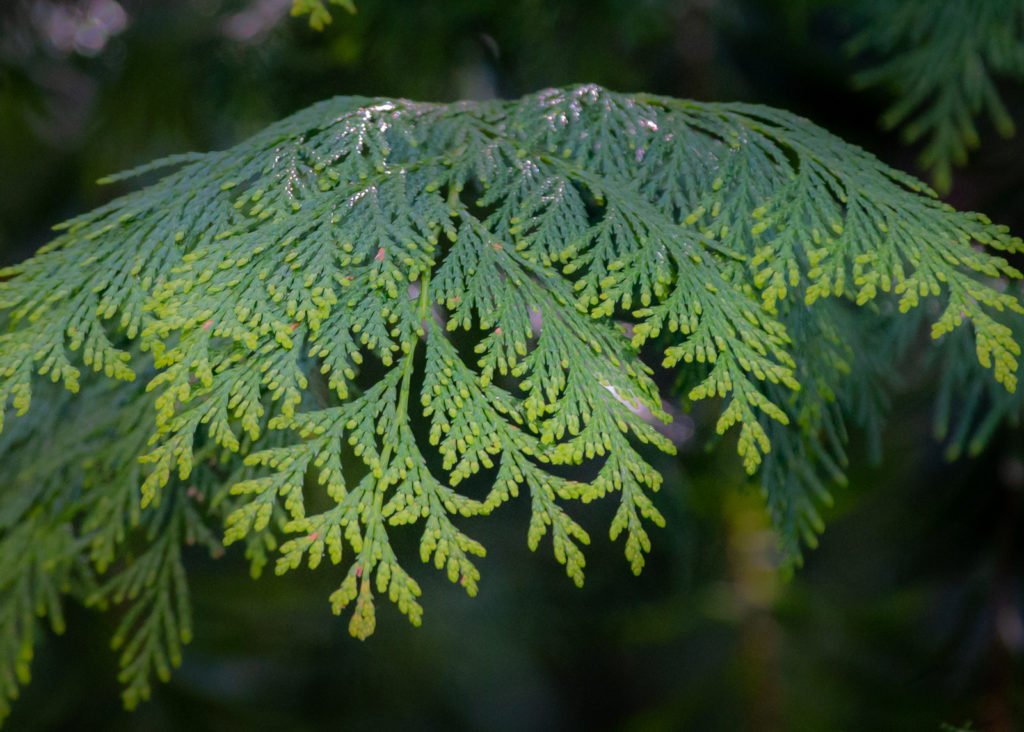
Cedar 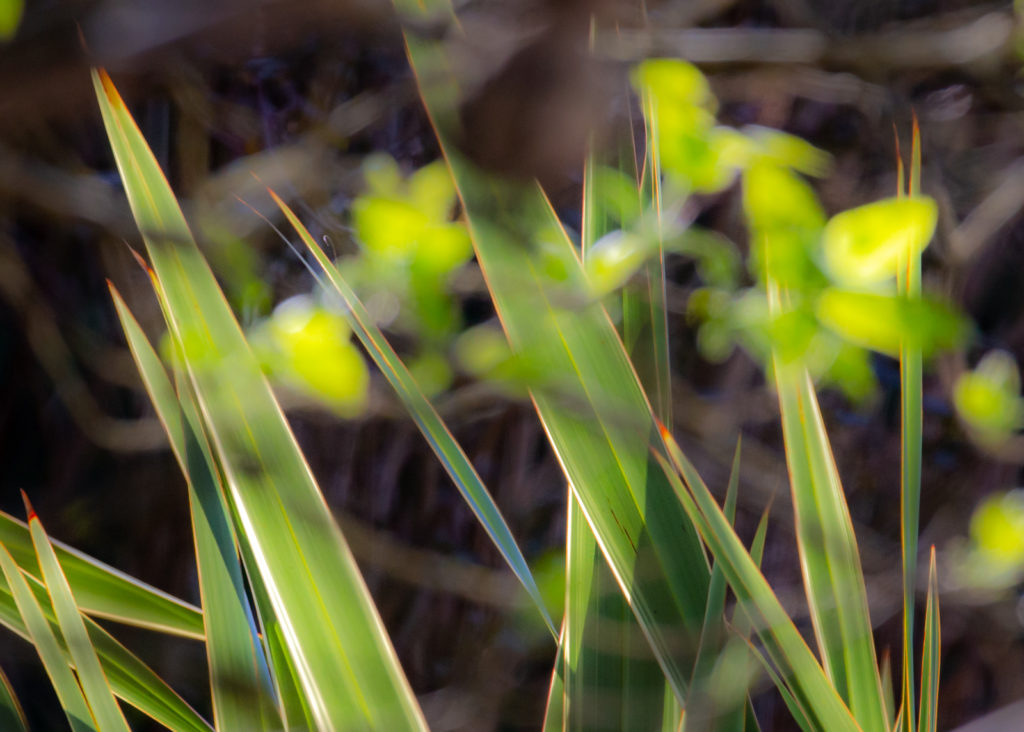
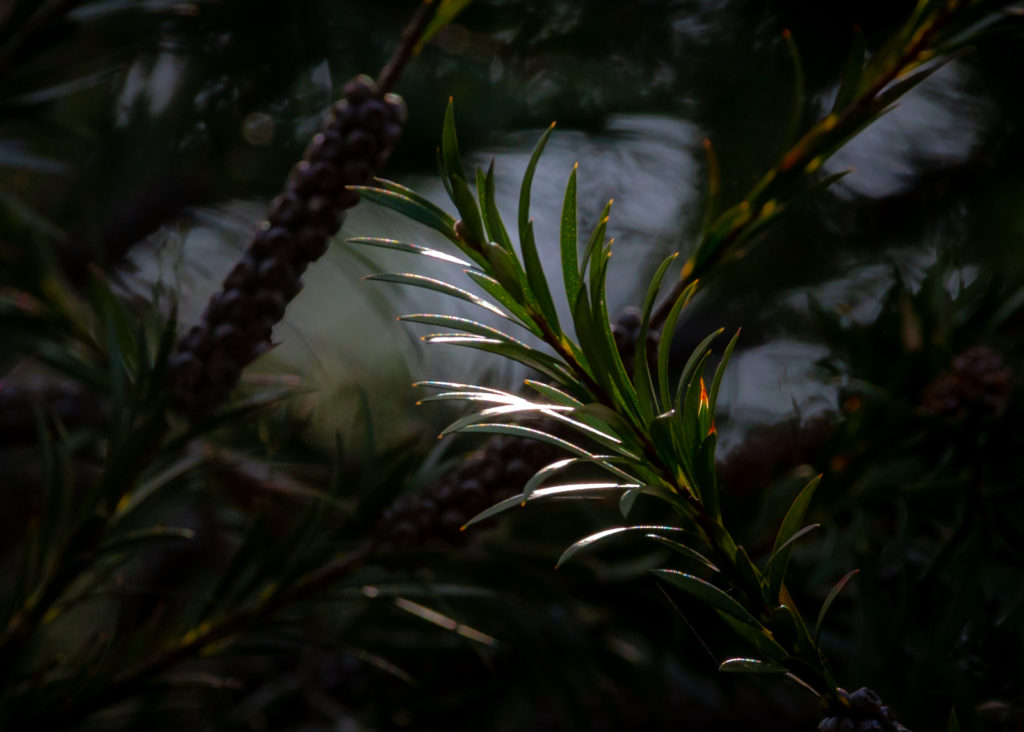
Bottlebrush 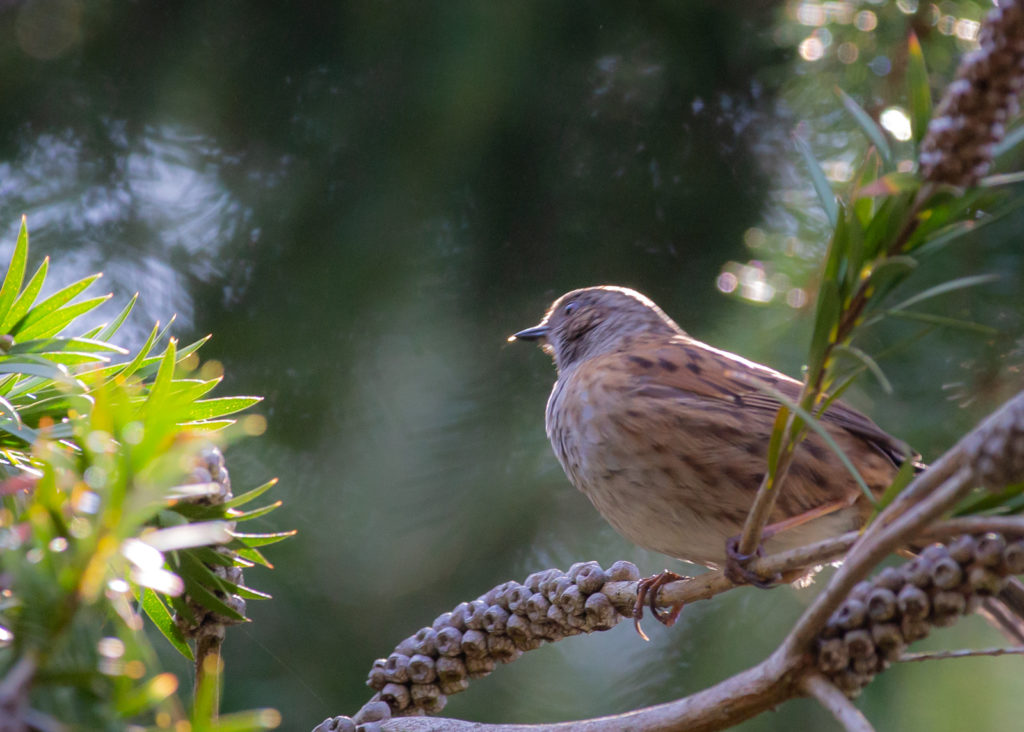
Dunnock on Bottlebrush 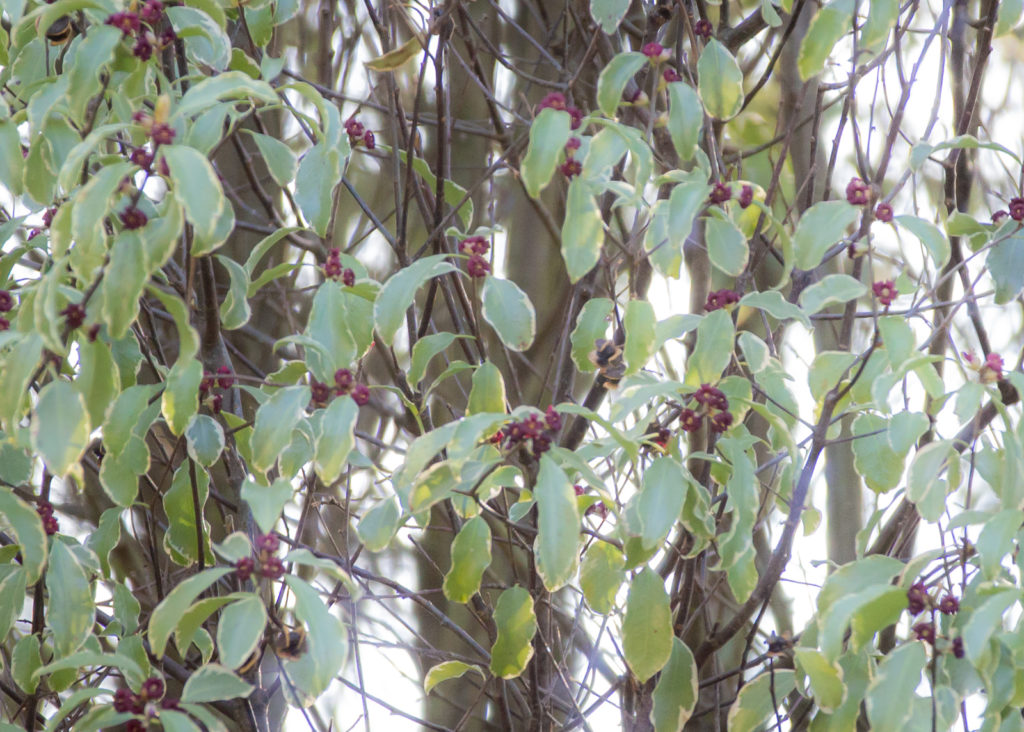
Pittosporum 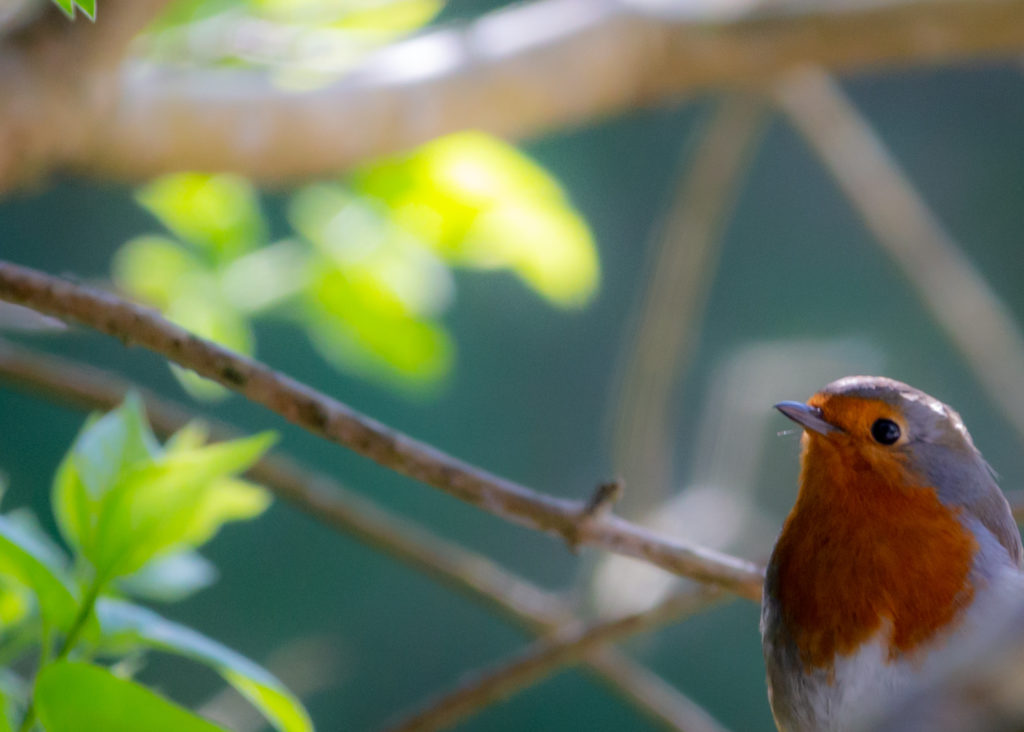
Robin in Lilac
The little fleck of red made the Bottlebrush my favourite. The Robin also got a look in. And what might have been is forgotten. Serendipity took it in exchange.
And this all reminds me of the wonderful rose-lemony maybe even sherbert scent of a White trillium (Trillium grandiflorum) that sits in a pot in the back garden. The rhizome needs to be split and shared.
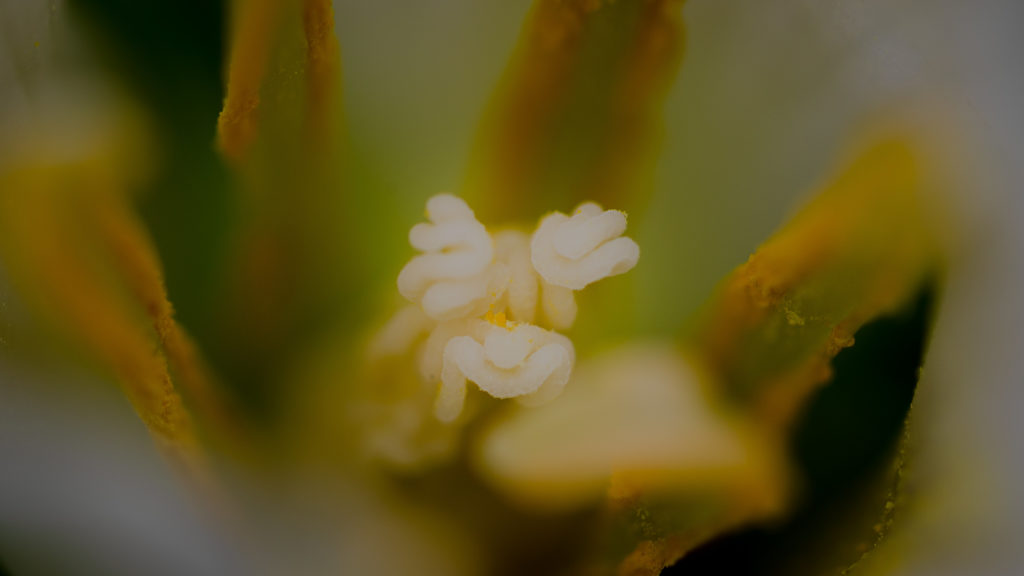

Leave a Reply